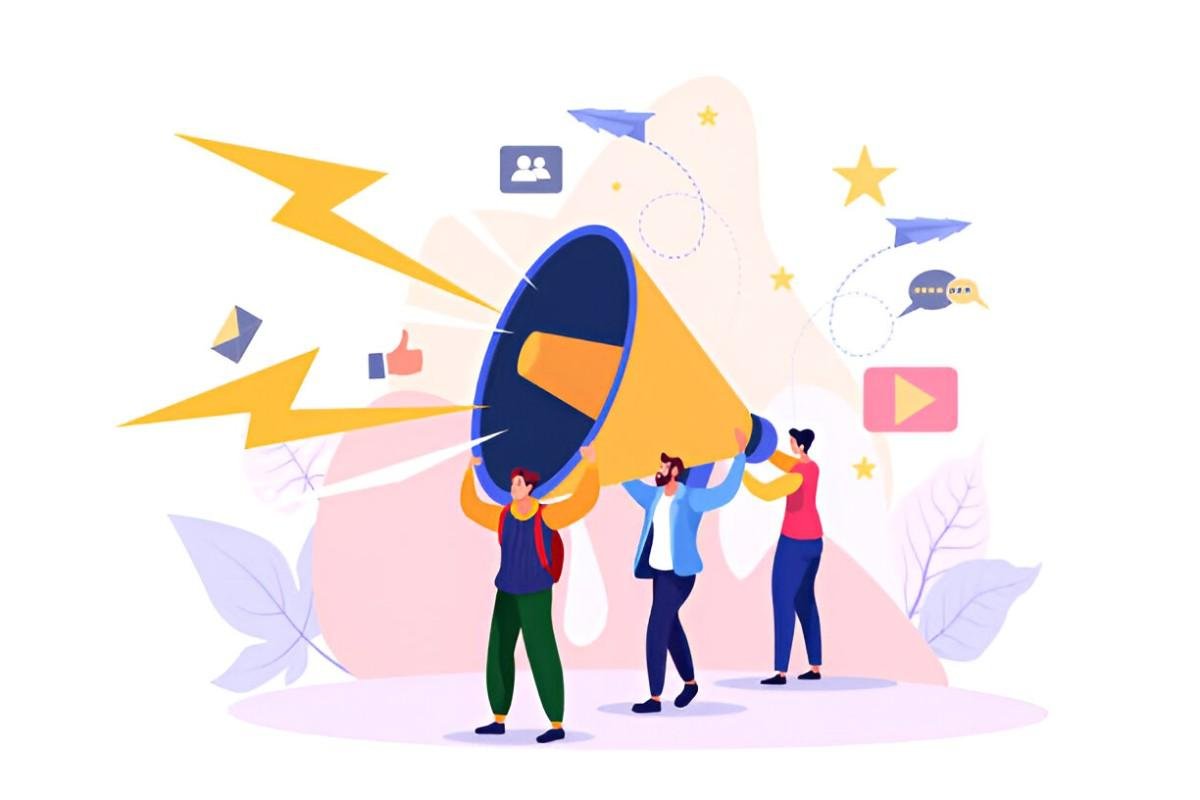As someone deeply immersed in the finance and accounting fields, I often find myself analyzing how businesses communicate their value to consumers. One of the most fascinating aspects of this communication is the concept of puffery. Puffery, a term that might sound whimsical, plays a critical role in marketing and advertising. It’s a legal and ethical gray area that businesses navigate to promote their products without crossing the line into false advertising. In this article, I’ll explore the nuances of puffery, its implications, and its role in shaping consumer behavior.
Table of Contents
What Is Puffery?
Puffery refers to exaggerated or subjective claims that are not meant to be taken literally. These claims are often used to make a product or service appear more appealing without providing concrete evidence. For example, a company might claim that their product is “the best in the world” or “unbeatable.” These statements are not actionable in court because they are considered opinions rather than factual claims.
From a legal standpoint, puffery is protected under the First Amendment in the United States. The Federal Trade Commission (FTC) allows businesses to use hyperbolic language as long as it doesn’t mislead consumers. However, the line between puffery and false advertising can be thin, and understanding this distinction is crucial for both marketers and consumers.
The Psychology Behind Puffery
Why does puffery work? The answer lies in human psychology. Consumers are often drawn to bold claims because they tap into emotions and aspirations. For instance, a luxury car brand might claim their vehicle is “the epitome of elegance.” While this statement is subjective, it resonates with consumers who value status and sophistication.
Puffery also leverages the halo effect, a cognitive bias where positive impressions in one area influence perceptions in another. If a brand consistently uses puffery to create a positive image, consumers are more likely to associate the brand with quality and reliability, even if the claims are exaggerated.
Puffery vs. False Advertising
One of the most common questions I encounter is: How is puffery different from false advertising? The key difference lies in the specificity and verifiability of the claims.
- Puffery: Subjective, exaggerated, and not provable. Example: “Our coffee is the richest in the world.”
- False Advertising: Specific, factual, and misleading. Example: “Our coffee contains 50% more caffeine than any other brand.”
False advertising is illegal because it deceives consumers and can lead to financial harm. Puffery, on the other hand, is legal because it doesn’t rely on factual claims.
The Role of Puffery in Financial Markets
In the finance and accounting world, puffery can take on a more subtle form. For example, a company might describe its financial performance as “outstanding” or “record-breaking” in its annual report. While these terms are subjective, they can influence investor perceptions and stock prices.
Consider a hypothetical company, XYZ Corp, which reports a 10% increase in revenue. The CEO describes this growth as “unprecedented.” While the term “unprecedented” is puffery, it can create a positive narrative around the company’s performance. Investors, swayed by this narrative, might drive up the stock price, even if the growth rate is in line with industry averages.
Mathematical Modeling of Puffery’s Impact
To understand the economic impact of puffery, let’s model its effect on consumer behavior. Suppose a company’s sales (S) are a function of its advertising spend (A) and the level of puffery (P) in its ads. We can express this relationship as:
S = \beta_0 + \beta_1 A + \beta_2 P + \epsilonWhere:
- \beta_0 is the baseline sales.
- \beta_1 represents the effectiveness of advertising spend.
- \beta_2 captures the impact of puffery.
- \epsilon is the error term.
If \beta_2 is positive and statistically significant, it indicates that puffery has a measurable impact on sales.
Case Study: Puffery in the Soft Drink Industry
Let’s examine a real-world example. In the 1980s, Pepsi launched its “Pepsi Challenge” campaign, claiming that consumers preferred the taste of Pepsi over Coca-Cola in blind taste tests. While the campaign was based on actual tests, the results were presented in a way that exaggerated Pepsi’s superiority.
This is a classic example of puffery. The claim that Pepsi tastes better is subjective and not provable. However, the campaign successfully influenced consumer perceptions and boosted Pepsi’s market share.
Ethical Considerations
While puffery is legal, it raises ethical questions. Is it fair to manipulate consumer perceptions through exaggerated claims? Some argue that puffery is harmless because consumers are savvy enough to recognize it. Others believe it undermines trust and contributes to a culture of misinformation.
From a financial perspective, puffery can also distort market efficiency. If investors rely on exaggerated claims to make decisions, it can lead to mispricing of assets and market volatility.
Regulatory Framework
In the United States, the FTC regulates advertising to ensure it is not deceptive. However, the FTC’s guidelines on puffery are intentionally vague to allow for creative expression. This creates a challenge for businesses, which must navigate the fine line between puffery and false advertising.
For example, the FTC has taken action against companies that use puffery to make unsubstantiated health claims. In one case, a dietary supplement company claimed its product could “cure cancer.” While the term “cure” is subjective, the claim was deemed false advertising because it implied a specific medical benefit.
Puffery in Digital Marketing
The rise of digital marketing has amplified the use of puffery. Social media platforms, with their emphasis on visuals and storytelling, provide fertile ground for exaggerated claims. Influencers, for example, often use puffery to promote products, describing them as “life-changing” or “must-have.”
While this approach can drive engagement, it also raises concerns about transparency. Consumers, especially younger ones, may struggle to distinguish between puffery and genuine recommendations.
The Future of Puffery
As technology evolves, so too will the ways in which puffery is used. Artificial intelligence and machine learning, for instance, could enable hyper-personalized puffery, where ads are tailored to individual preferences and biases.
However, increased scrutiny from regulators and consumers may also lead to greater accountability. Businesses that rely too heavily on puffery risk damaging their reputation and losing consumer trust.
Conclusion
Puffery is a powerful tool in marketing and advertising, but it must be used responsibly. While it can enhance brand perception and drive sales, it also carries ethical and legal risks. As consumers, we must remain vigilant and critically evaluate the claims we encounter. And as professionals in finance and accounting, we must recognize the impact of puffery on market dynamics and investor behavior.





